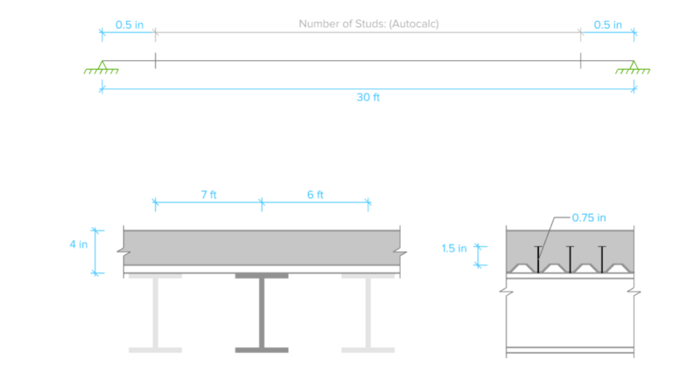
March 10, 2021
Composite Steel Beam Design in RISACalc
Composite steel beam design is now available in RISACalc per the AISC and CSA steel design manuals with the following supported steel codes:
Powerful Tools Don’t Help If They’re Left Unused Many engineers evaluate analysis software based on core modeling and design checks. But once a demo is over, some of the most impactful features are the ones that quietly save time on real projects — especially mid-size jobs where efficiency matters most. These aren’t advanced edge-case tools. They’re everyday features that often go underused. Diaphragm Forces: See Load Paths Instead of Guessing Diaphragm force output is one of the most valuable — and least leveraged — parts of a full building model. Instead of relying on manual distribution or conservative assumptions, engineers can directly see how loads are flowing to vertical elements. For mid-size structures, this clarity can mean: Fewer overdesigned collectors More confidence in lateral load paths Faster review and revisions when layouts change Batch Results: Review Smarter, Not Longer Batch results allow engineers to review multiple load cases, members, or design checks in a single pass. Instead of hunting through individual reports, patterns become obvious quickly. On mid-size jobs, this speeds up: QA/QC reviews Iterative design changes Comparing “before and after” scenarios It’s not about skipping checks — it’s about seeing the full picture sooner. Design Iteration Speed Is the…
Read More

Composite steel beam design is now available in RISACalc per the AISC and CSA steel design manuals with the following supported steel codes:

Watch the recording of our webinar to learn how new versions of RISA-3D, RISAFloor, RISAFoundation and RISAConnection provide users with expanded design capabilities, improved product integration and new features including:

Open web steel joist design is now available in RISACalc per the SJI 43rd/44th and 42nd Editions! The available joist series include K-Series, LH-Series, DLH-Series, SLH-Series (42nd Edition only), and KCS joists.
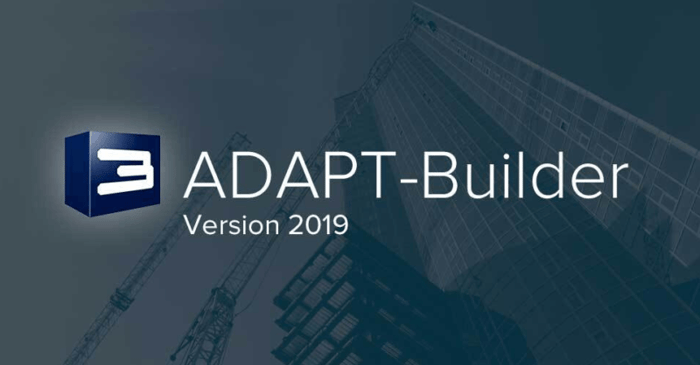
The latest release of ADAPT-Builder 2019 includes improvements that include new tools for meshing, tendon force input and releasing the edges of shells.
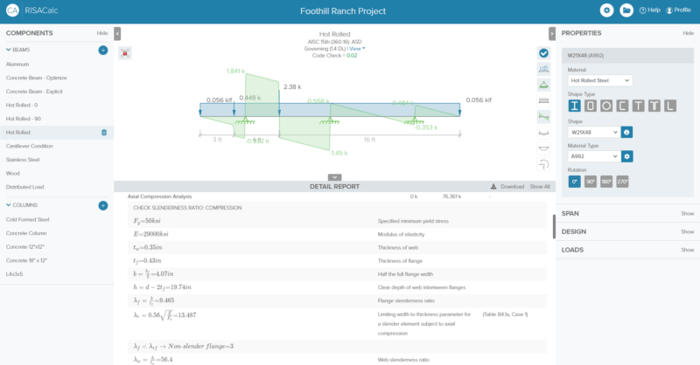
The new RISACalc allows users to analyze single members (beams and columns) of all materials: hot rolled steel, wood, concrete, cold formed steel, aluminum, and stainless steel. The intuitive interface makes it easy to set up your model, apply loads, and view results.
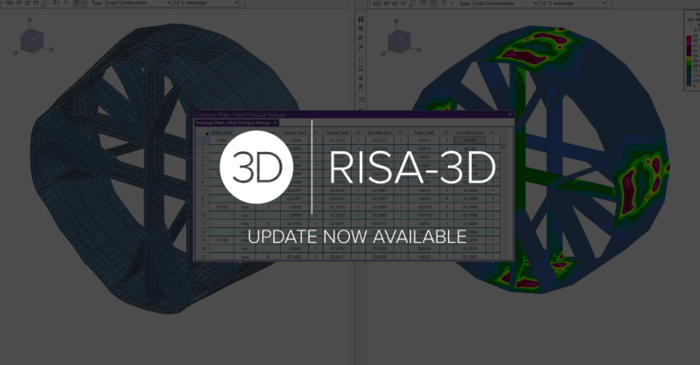
Over the last few weeks, we have been working hard to add the features and functionality that our customers have requested as well fix some of the issues that have been reported. With that in mind, we have prepared a new update of RISA-3D (v18.0.4) that includes the following features as well as...
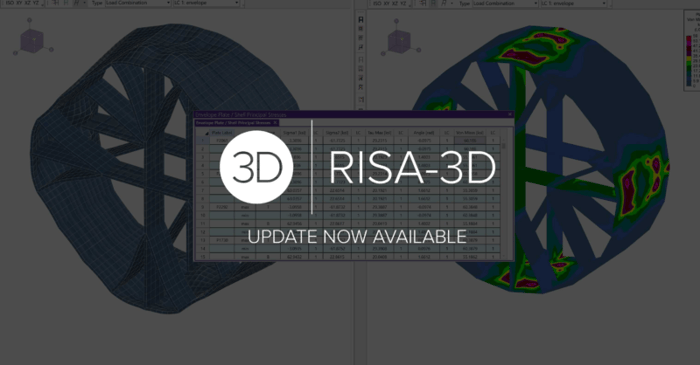
Over the last few weeks, we have been working hard to add the features and functionality that our customers have requested as well fix some of the issues that have been reported. With that in mind, we have prepared a new update of RISA-3D (v18.0.3) that includes the following features as well as...
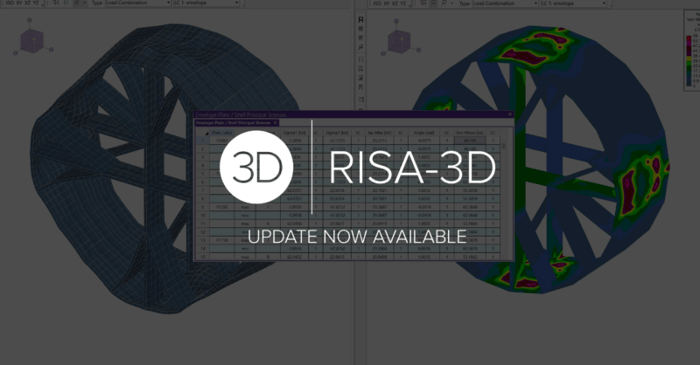
We have been working diligently over the last few weeks to add the features and functionality that our customers have requested as well fix some of the issues that have been reported. With that in mind, we have prepared a new update of RISA-3D (v18.0.2) that includes the following features as well...
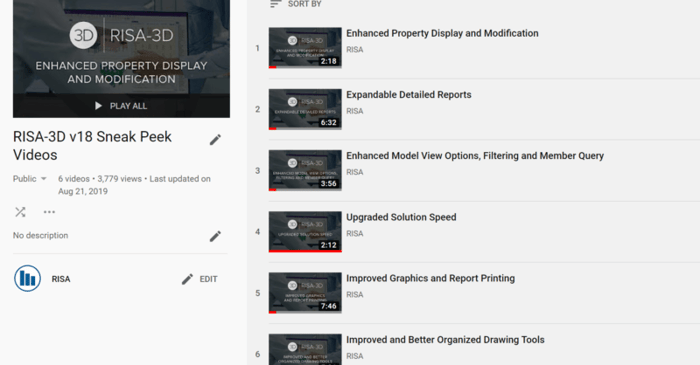
The new release of RISA-3D is right around the corner! Check out our teaser videos to enjoy a sneak peek at some of the most exciting new features!
Our monthly "Structural Moment" newsletter is the best way to keep up with RISA’s product updates, new releases, new features, training events, webinars and more...